Introduction
A digital device is a piece of physical equipment that uses digital data, such as by sending, receiving, storing or processing it.
We rely on them in our lives for all sorts of reasons, such as getting directions, doing our shopping, or managing our business finances.
In this lesson, we’ll learn about the features of:
- Personal computers
- Servers
- Mobile devices
- Entertainment systems
- Navigation systems
Personal Computers
These are general-purpose computing devices that are small and cheap enough to be used by individuals.
They can perform most common computing tasks. That’s why we refer to them as being ‘general purpose’. By installing a new software application, our computer becomes capable of performing a completely new function.
Personal computers contain individual processors, RAM & hard disk components, as well as expansion ports.
This makes it very easy to upgrade our device to add additional capabilities, such as replacing the hard disk to add more storage or adding a graphics card to an expansion port to improve its graphics processing power.
Examples of personal computers include desktops & laptops.
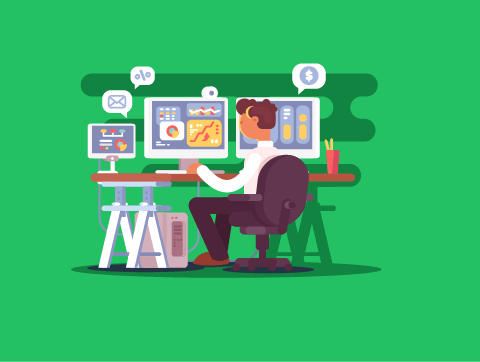
Purpose of Personal Computers
Because personal computers are general-purpose devices, they really have a wide range of functions.
However, there are some particularly popular uses.
In the workplace, we often use them for word processing, desktop publishing, spreadsheets and database management systems.
They’re also popular for creative tasks like graphics, music and film editing.
This is due to the wide availability of software, good processing capabilities and the range of available input devices.
For example, a mobile device doesn’t generally have a keyboard and is, therefore, not as useful for word processing as a desktop or laptop.

Purpose of Personal Computers
In our personal lives, they’re also commonly used for accessing the internet, such as surfing the web and email.
These devices almost always come with networking capabilities which make them useful for this.
They’re also used for gaming, but this requires an expensive graphics card normally.

Servers
Servers are computers that manage access to different resources and services over a network.
Other devices, like personal computers, connect to the server via a range of means such as Ethernet cables & Wi-Fi. This is how a network is formed.
The other devices (known as clients) can then access the resources and services it is providing.
As a device, servers are actually very similar to personal computers.
However, they commonly contain a larger storage capacity, higher processing power and larger amount of memory.
Examples of servers include web servers, mail servers, file servers and print servers.
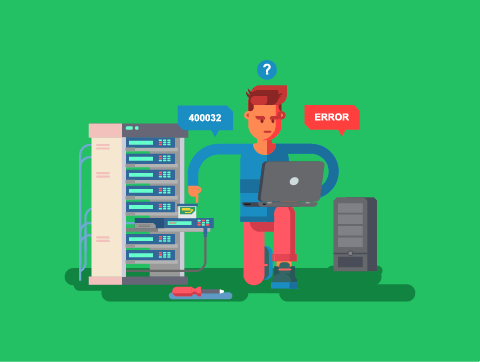
Purpose of Servers
There are different types of servers, and each has its own particular use for the business.
Some of the most common types of servers include:
- Web servers
- Mail servers
- File servers
- Print servers
Let’s look at the purpose of each of these types of servers in turn.

Purpose of Servers
Web Servers
Web servers are used to manage access to web pages.
The web server stores the web page and associated files. When a client computer makes a request for a web page to the server the web server locates the correct files and then sends them back to the client.
Mail Servers
In a similar way, mail servers manage access to email.
When you write an email and press send on your personal computer, it first goes to your outgoing mail server. This mail server then sends the message across the network to the recipient’s mail server, where it is stored in their mailbox. When the recipients log into their email client the mail server will forward the email to their computer.

Purpose of Servers
File Servers
File servers store your files, such as word-processing documents & spreadsheets, so that you can access them from any computer on the network.
When you hear the term ‘cloud storage’, this is an example of where your files are being stored on a file server.
Print Servers
Finally, print servers are used to share access to a printer.
By using a print server, you can send your files to print from any computer on the network.
This means you don’t need to log into a specific computer to print or have a printer for every computer.

Mobile Devices
These are computing devices designed to be portable. They are compact, lightweight, and capable of running for extended periods on battery power.
They’re also almost always capable of connecting to the internet wirelessly, either through mobile broadband or Wi-Fi.
One key feature that helps make the device more compact & reduces power consumption is System-on-a-Chip.
This is where all the computer’s core components are integrated onto a single chip, including the CPU, GPU, and RAM.
However, System-on-a-Chip does make it difficult to upgrade a mobile device as all the components are integrated into the chip and cannot be removed & replaced.
Examples of mobile devices include tablets and smartphones.
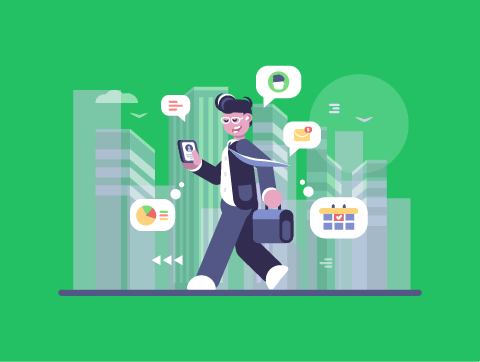
Purpose of Mobile Devices
Like personal computers, they’re general-purpose devices, and so can turn their hand to most common computing tasks by installing different software applications, or ‘apps’.
The most common use of mobile devices is to access the internet while on the go, such as for web browsing and email access.
However, we use them for many other reasons too.
We regularly use these devices for playing games and for organisational uses like keeping a diary of events.
However, as these devices almost always use a touchscreen as the sole input, they are impractical for tasks like word processing.
Also, their limited processing capabilities make them unsuitable for graphically intensive tasks like high-end gaming and film editing.

Entertainment Systems
Entertainment systems are computing devices designed to entertain, such as those used to watch television, listen to music, or play video games.
They usually contain good hard disk storage for storing TV, films, music & games.
They also commonly have built-in internet connectivity capabilities, such as Wi-Fi, for downloading new media directly to them, as well as to access streaming and online gaming services.
Examples of entertainment systems include digital media players, MP3 players & video game consoles.
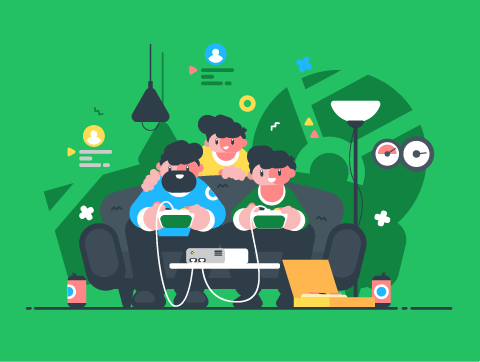
Purpose of Entertainment Systems
Entertainment systems cover a wide range of devices, each with its own use.
Digital Media Players
These devices allow us to stream digital media, such as films, TV, music, and images, over a network.
You may be familiar with devices like Apple TV & Roku.
Portable media players are similar, except instead of streaming, we download the media to the device and play it off the device’s hard disk.

Purpose of Entertainment Systems
MP3 Players
These are used to access & listen to 1000s of music tracks on a small portable device.
It is now common to have MP4 players which can also play video too.
We might also use them to listen to podcasts or other forms of auditory media.
Video Game Consoles
These devices allow you to play video games.
We can even use the internet to play games with and against other players from all around the world.

Navigation Systems
Navigation systems are a digital device that uses GPS (Global Positioning System) to provide a real-time map of our current location.
They also include route planning tools to give us directions to a chosen destination.
Often, they also have added features, such as identifying traffic, roadworks and accidents that might delay your journey and take this into consideration to provide an accurate destination time.
An example of a navigation system is an in-car satnav.
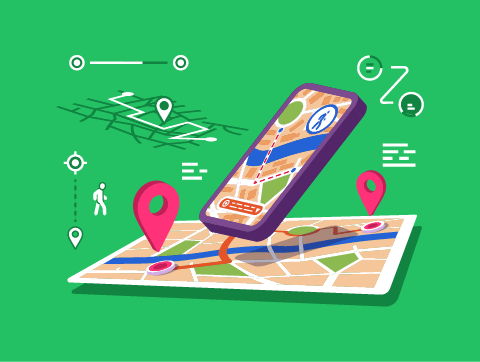
Purpose of Navigation Systems
In-car satnavs are commonly used instead of traditional maps to help direct you along the fastest route on your car journey.
This can be integrated directly into the car’s dashboard but is often in a standalone device.
TomTom is a popular brand for these devices.
Nowadays, we often see navigation systems built into smartphones for use when driving, walking, cycling, or taking public transport.
For most people, standalone satnav devices have been completely replaced by their smartphones.

Lesson Summary
A digital device is a piece of physical equipment that uses digital data.
Personal computers are general-purpose computing devices like desktops and laptops.
Servers are used to manage access to web pages, email, files & printers.
Mobile devices are digital devices designed to be portable, by being compact, lightweight, and running on battery power.
Entertainment systems are devices used purely for entertainment purposes, such as watching TV, listening to music, and playing games.
Navigation systems are devices that use GPS to locate you on a map and plan routes to a chosen destination.

